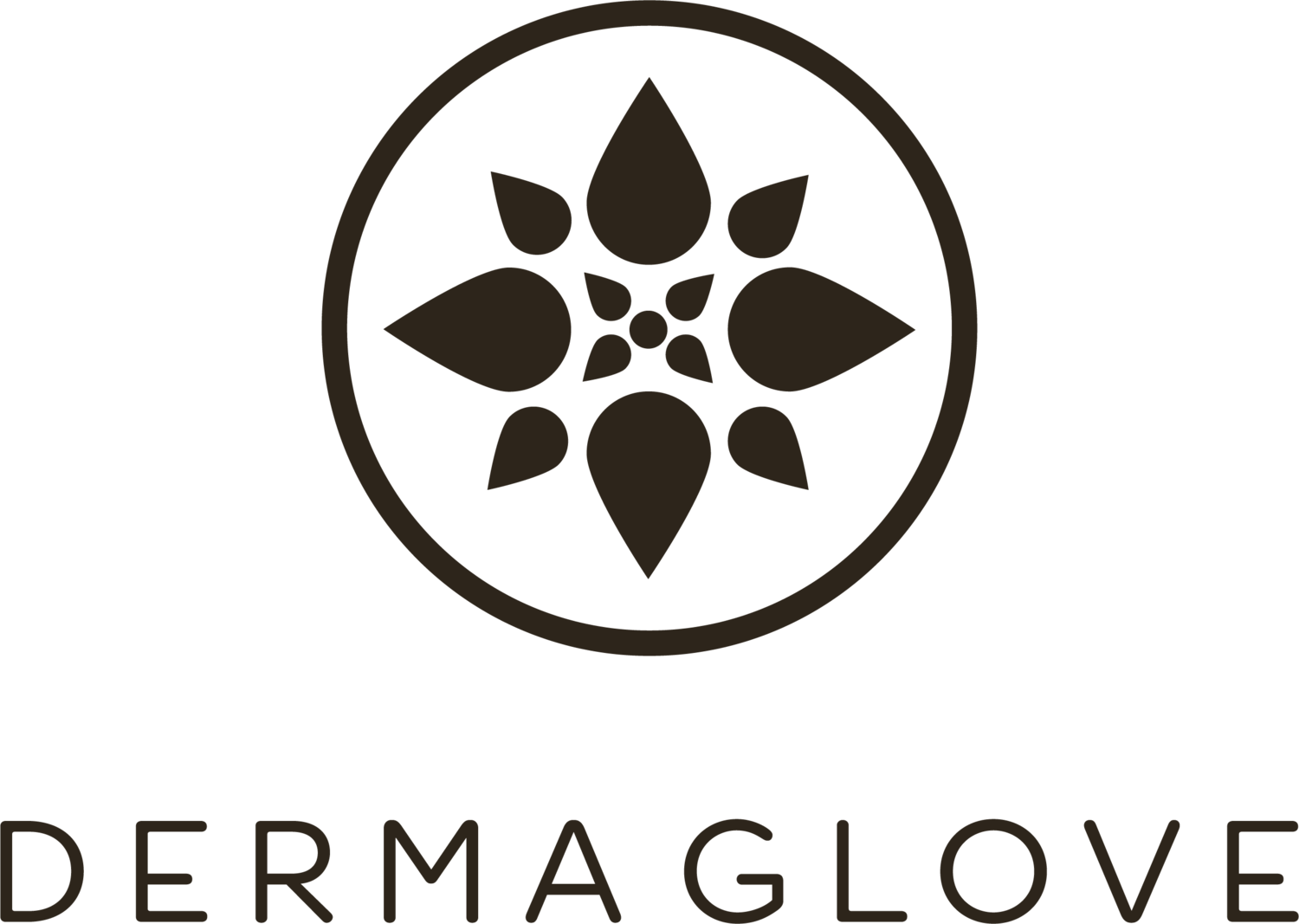THINGS YOU MIGHT NOT KNOW, THAT YOU MIGHT WANT TO KNOW
DID YOU KNOW?
Sanitizers are only effective when you do not have access to water and soap to clean your hands.
1. DIRTY HANDS CAN NOT BE SANITIZED BY ALCOHOL SANITIZERS:
Hands must be appropriately cleaned before using an alcohol-based hand rub sanitizer containing more than 60% alcohol (ethyl or isopropyl) to be effective.
Hands must be rubbed for 30 seconds to kill the germs present on the surface actively. Germs are only eliminated for 2 minutes after application.
Sanitizing products will significantly reduce the number of germs on the skin and are fast acting but not long-lasting.
Hand sanitizer does not provide prolonged protection and must be reapplied in case of recontamination. Active hands in high-touch areas would not be protected by an alcohol sanitizer for longer than 2 minutes.
The Centers for Disease Control and Prevention (CDC) recommends using a hand sanitizer containing at least 60 percent alcohol and rubbing them for 30 seconds to kill the germs on the hand’s surface.
Using antibacterial wipes to clean hands is dangerous. Skin-safe wipes are adequate for washing hands.
Skin wipes should never contain any ingredients such as bleach or phenol (Lysol) that could be hazardous to your health.
DID YOU KNOW?
Due to its unique ingredients, disinfectants are designed to kill bacteria, germs, etc. It is not intended to lift dirt off a surface or make it shiny like an all-purpose cleaner.
2. CLEANERS DON’T DISINFECT, AND DISINFECTANTS DON’T CLEAN:
A traditional all-purpose cleaner is designed to lift dirt off a surface.
Many germs will be physically removed during this process (and ending your cleaning here is undoubtedly adequate for much of the home but not a high-traffic, high-touch facility), and the all-purpose cleaner won’t address everything.
Suppose you want to clean and disinfect a surface. In that case, you need to begin by cleaning it—extracting the dirt, using an all-purpose cleaner—and then applying a disinfectant afterwards to get rid of the bacteria. This is referred to as the “two-step” cleaning process.
Cleaners with disinfectants are referred to as “one-step” cleaning products.
The one or two-step process does not guarantee a clean and disinfected surface.
Commercials have trained the consumer to believe that disinfectants work on contact—that you can spray them on and Boom! It kills bacteria and then wipes them away.
Read the fine print on that product, and you’ll see that they need time to work.
Any disinfectant (or cleaner and disinfectant product) must sit for at least 5 to 10 minutes, WET, to kill bacteria. So again, check the label on your product of choice to get the correct timeframe.
3. CHLORINE DISINFECTANTS THREATEN WATERWAYS, AQUATIC PLANTS,
AND WILDLIFE IN MANY WAYS:
These chemicals can enter sewage systems and pollute drinking water resources (1). In addition, the direct runoff and sewage effluents will eventually end up in lakes and rivers, putting aquatic ecosystems at risk (2).
Chlorine can harm organisms by destroying their cell walls or damaging their proteins by oxidation (2).
The chemicals in the disinfectants can bond with other materials to form harmful compounds.
The effects of runoff into surface water dissolving organic matter is extremely high (3), which could allow the synthesis of disinfection by-products, such as trihalomethanes (2).
DID YOU KNOW?
The compounds of chlorine commonly used for disinfection are Hypochlorites, the most widely used chlorine disinfectants, are liquid or solid.
4. TO MANAGE THE SPREAD OF COVID, CHINA APPLIED CHLORINE DISINFECTANTS
TO INDOOR AND OUTDOOR SPACES:
This decision was made to minimize opportunities for the severe acute respiratory syndrome–coronavirus 2 (SARS-CoV-2)—the virus that causes COVID-19—to thrive; China has dispensed at least 2000 tons of disinfectants in Wuhan City alone (1).
The compounds of chlorine commonly used for disinfection are Hypochlorites, the most widely used chlorine disinfectants, are liquid (e.g., sodium hypochlorite) or solid (e.g., calcium hypochlorite)





